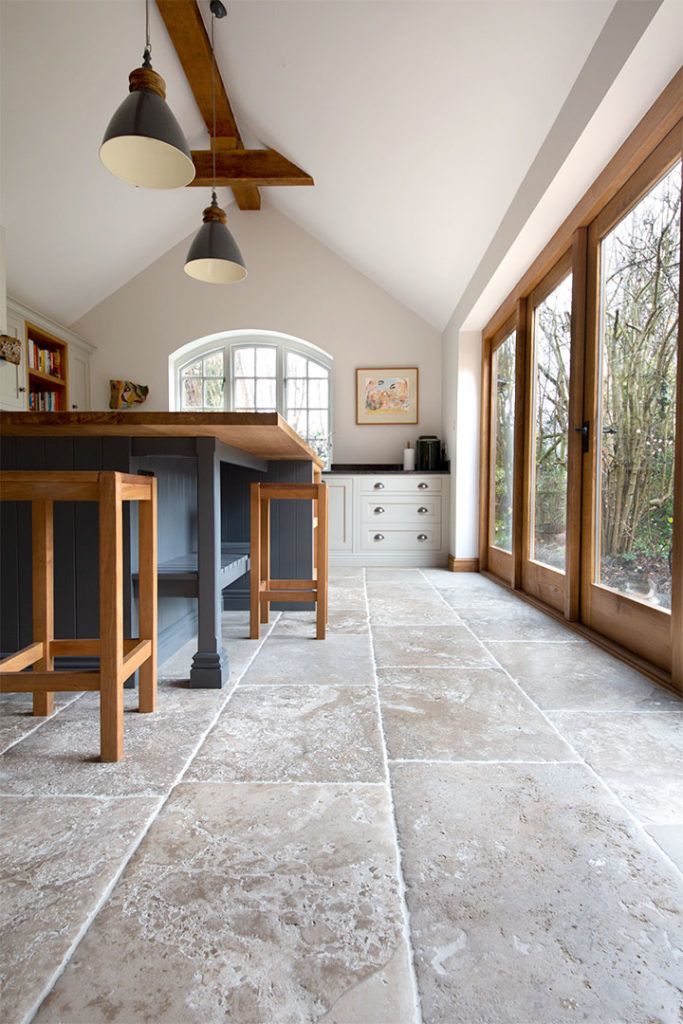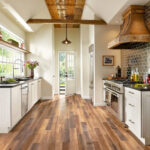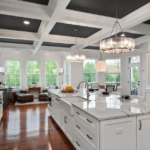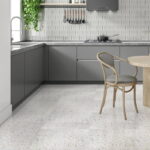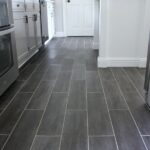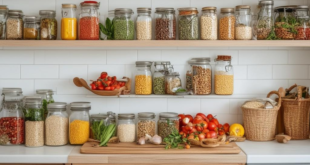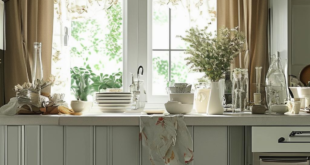The kitchen floor is a crucial element in any home, as it not only needs to be durable and easy to clean but also aesthetically pleasing. With so many options available, choosing the right kitchen floor can be a daunting task. In this article, we will discuss different types of kitchen flooring materials, their pros and cons, and factors to consider when deciding on the best type of floor for your kitchen.
One of the most popular choices for kitchen floors is tile. Ceramic or porcelain tiles are durable, easy to clean, and come in a wide range of sizes, colors, and patterns. They are also resistant to moisture and heat, making them an excellent choice for the kitchen. However, tile can be cold and hard underfoot, so using rugs or mats in high-traffic areas can help alleviate this issue.
Another common option for kitchen floors is hardwood. Hardwood floors are timeless, warm, and inviting, and can add a touch of elegance to any kitchen. They are also relatively easy to clean and maintain, but they are not as water-resistant as other flooring materials. In areas with high humidity or frequent spills, hardwood floors may require more upkeep to prevent damage.
Vinyl flooring is a budget-friendly and versatile option for kitchen floors. It comes in a variety of styles and colors, including options that mimic the look of hardwood or tile. Vinyl is water-resistant, durable, and comfortable underfoot, making it a practical choice for busy kitchens. However, vinyl can be prone to scratches and dents, so using furniture pads and rugs in high-traffic areas is recommended to protect the floors.
If you prefer a more eco-friendly option for your kitchen floor, consider bamboo or cork flooring. Bamboo is a rapidly renewable resource that is durable, water-resistant, and easy to maintain. Cork is a natural insulator, making it a comfortable and energy-efficient choice for kitchen floors. Both bamboo and cork floors are available in a range of colors and styles, adding a unique and sustainable touch to your kitchen.
When choosing a kitchen floor, there are several factors to consider. Think about the amount of foot traffic in your kitchen, how often the floor will be exposed to moisture or spills, and your budget. It is also important to consider the style of your kitchen and how the flooring will complement the overall design. Whether you prefer the classic look of hardwood, the durability of tile, the affordability of vinyl, or the eco-friendliness of bamboo or cork, there is a kitchen floor option to suit your needs and preferences.
In conclusion, the kitchen floor is an essential element in any home that should be both functional and visually appealing. By considering different types of flooring materials, their pros and cons, and your specific needs and preferences, you can choose the best kitchen floor for your home. Whether you opt for tile, hardwood, vinyl, bamboo, or cork, investing in a quality kitchen floor will enhance the overall look and feel of your kitchen for years to come.
 Decorationg Interior Design
Decorationg Interior Design
